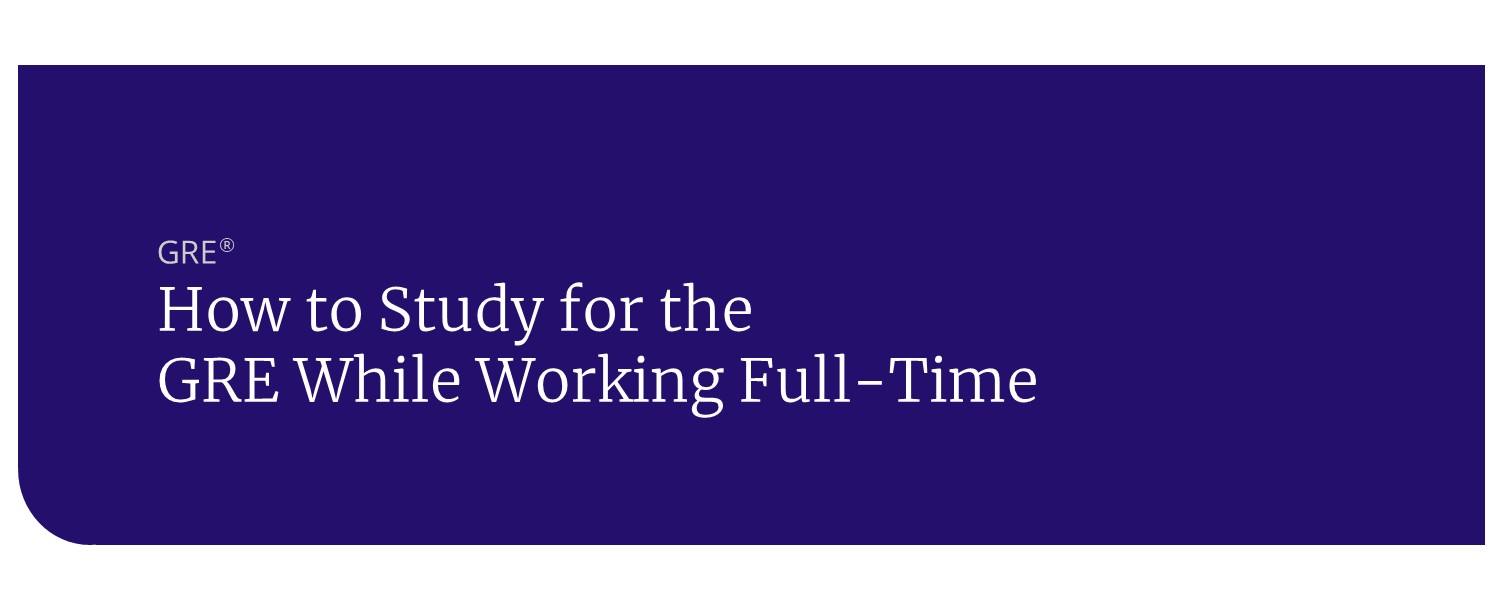Probability, Combination, and Permutation on the GRE
Probability, Combination, and Permutation questions are relatively rare on the GRE, but if you’re aiming for a high percentile in the Quantitative section you should spend some time familiarizing yourself with some of the more advanced concepts such as these. These types of probability questions are often found in multiple choice word problems, although it’s possible to see this concept appear in Quant Comps or Numeric Entry. Let’s look at some GRE practice questions to highlight the need-to-know concepts.
How to calculate the probability of independent events
Are you one of the many prospective GRE test takers who see the word “probability” on a test question and instantly cringe? One way to catapult your score into the higher ranges is to overcome that fear by gaining an understanding of what can be truly simple test items.
Most probability problems on the GRE involve independent events. Each event either will (“Yes”) happen or won’t (“No”) occur. Once we are told the probability of Yes, we can calculate the probability of No by subtracting Yes from 1.
For instance, let’s say the probability that you will get to class on time is 2/3. That is, for every three times you go to class, you are on time twice. That means that the probability that you will not be on time is (1 – 2/3) or 1/3.
The Fundamental Counting Principle states that if an event has x possible outcomes and another independent event has y possible outcomes, then there are xy possible ways the two events could occur together.
Permutations on the GRE
Permutations are sequences. In a sequence, order is important.
- How many different ways can five people sit in a row?
For the first spot in the row, we have five people to choose from, and as we go down the line trying to fill each spot, the number of people we have to choose from will decrease by 1. Therefore we have 5 x 4 x 3 x 2 x 1 = 120 ways
Some harder permutations problems will require you to use this formula:
n = the total number of options
k = the number of options chosen
At the Top Chef cooking competition, 12 chefs are competing in the seafood challenge. How many possible options are there for the first 3 finishers?
Here n = 12 and r = 3. Since the order in which the chefs finish matters, we know to use the Permutation formula:
n! / (n – k)! = 12! / (12 – 3)! = 12! / 9! = 12 x 11 x 10 = 1,320 options
Combinations on the GRE
Combinations are groups. Order doesn’t matter. The Combination formula is only slightly different from the Permutation formula:
Steven drew 13 portraits for his art project. He wants to choose 8 of them for his studio art final. How many different groups of photos are possible?
Since the question asks about groups and not the order of the portraits, we know this is a Combination problem.
n! / k! (n – k)! = 13! / 8! (13 – 8)! = 13! / 8! 5!
= 13 x 12 x 11 x 10 x 9 / 5 x 4 x 3 x 2 x 1 = 1,287 different groups
Always remember to ask yourself whether order matters to the problem you are trying to solve! The GRE may also combine one or more of these concepts into the same problem.





